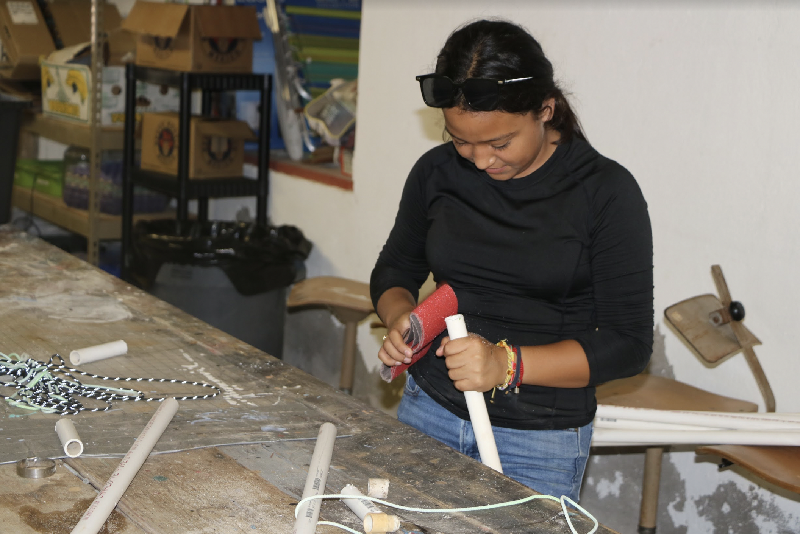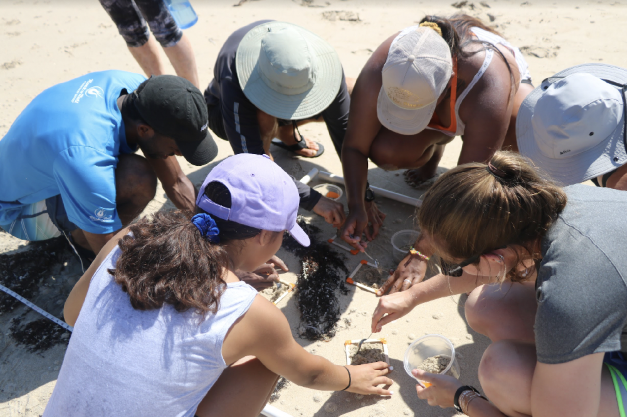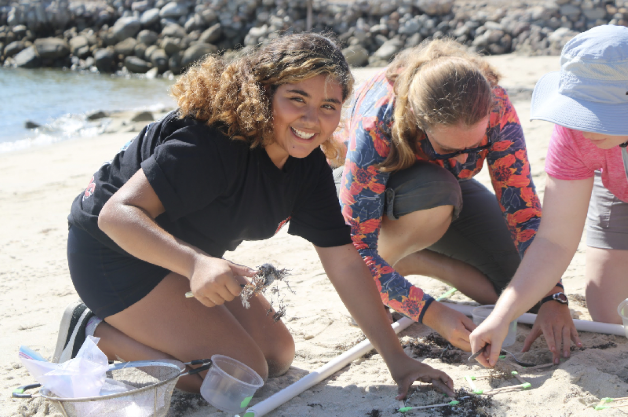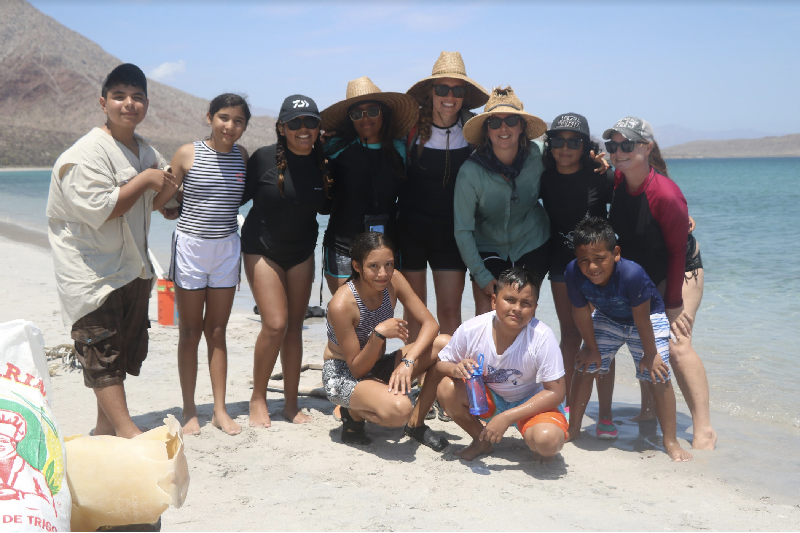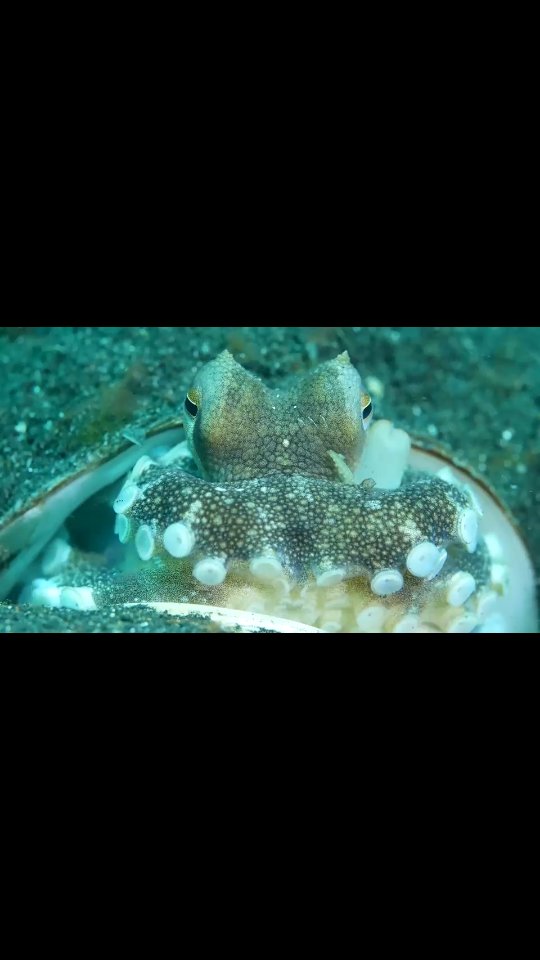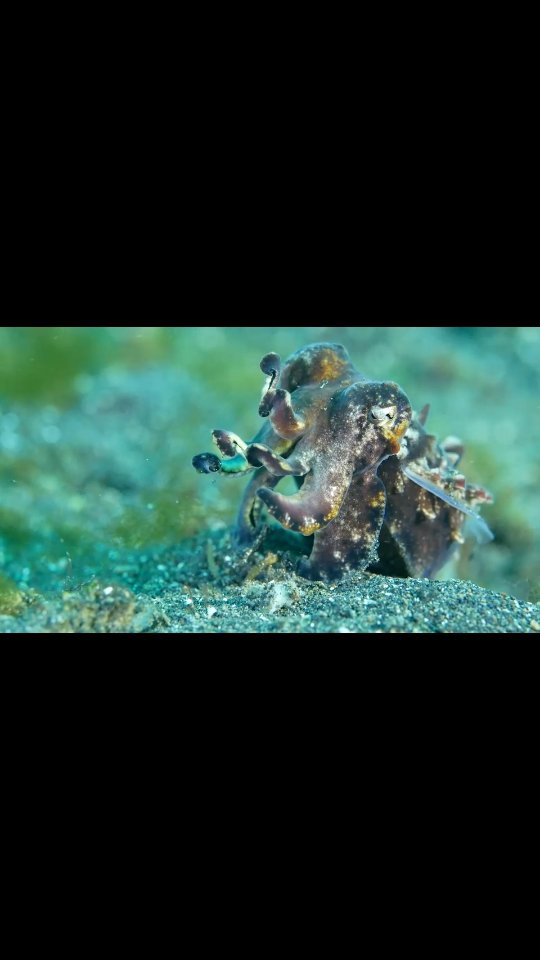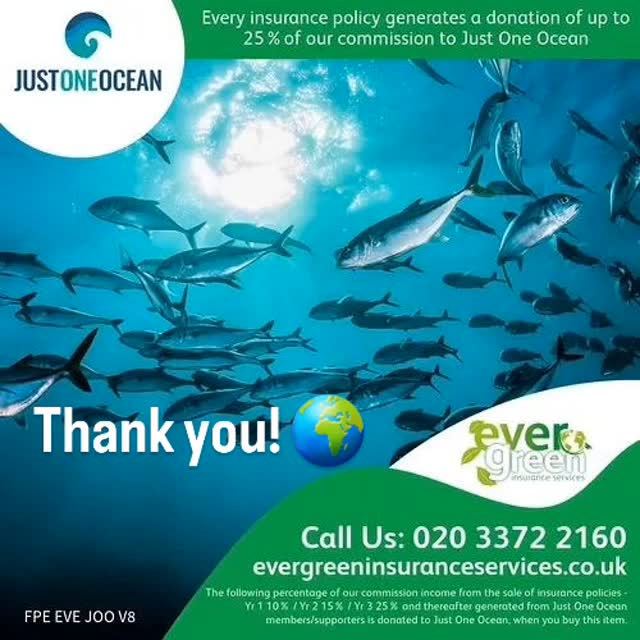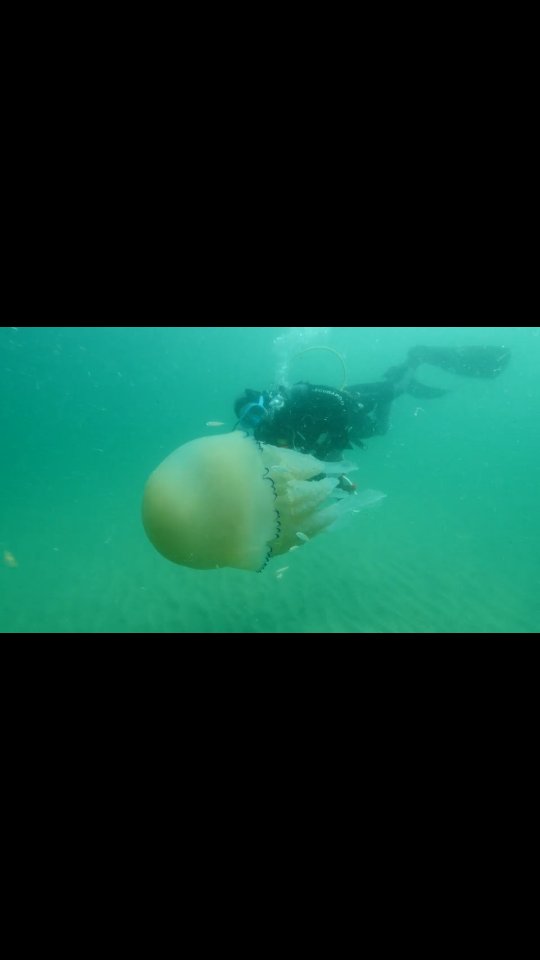Buenos días from Bahía de Los Ángeles, México! Covid unquestionably changed many things, but one of the best outcomes has been that a local youth program in need of year-round outdoor activities found purpose and passion through The Big Microplastic Survey. This program, Aventureros, invites students ages 7-17 to the Vermilion Sea Field Station to learn about the local environment, how to safely access it and contribute toward conservation work. As the field station is perched along the shores of the Gulf of California, the group has found plenty of opportunities to explore plastic pollution throughout local waters.
What began as a few surveys has evolved into deeper conversations and lessons about plastic creation, consumption, pollution and impact. Determined and friendly Lia (11) is quick to share that there are many problems because of plastics in the ocean including human consumption, increased endangerment to already threatened species and that “nature doesn’t look good anymore”. Other students share José Luis’ (14) worry that plastics in the ocean will affect local tourism, and therefore the local economy. With these concerns, the student group of Aventureros made a summer commitment to make a difference!
To do this work, small groups of Aventureros led large groups of graduate students visiting the field station through The Big Microplastic Survey protocol and discussions about local plastic problems and solutions. Rico, a graduate student and scientist from the Bahamas, laughed and said, “Yeah, I just love how seriously the kids took their role. For example, if I wasn’t doing it absolutely perfectly Alessa (11) was sure to let me know and make me do it right. HA!” Each visiting group then helps collect an average of eight samples over the course of two days. Although the focus is to collect reliable data and clean local beaches, the group also makes sure to appreciate mother Earth on these outings—which means taking a swim and pausing to appreciate pods of dolphins or snorkeling with flying mobula rays. The group often talks proudly of their home and how much there is to conserve here. Mexican scientist and one of the program leaders of Aventureros, Romina Preciado, emphasizes that this project builds her confidence in the future as well as in these kids— “Sometimes conservation and science don’t get along. It can be frustrating, but seeing the collaborations between scientists, institutes, open sources and children working towards a better future of this world helps me remember not all is lost”.
While enacting the Citizen Science protocol has become an important part of the group’s DNA, it has also functioned as a catalyst for exploring students’ other questions about the bay. Aventureros are proposing and piloting ways to study these peripheral questions and are working toward solutions (small and big). For example, after questions about why we weren’t collecting plastics larger than 25mm, the group added additional steps to the already approved survey to do just that. Furthermore, after seeing a whale shark sucking in plastics on the surface, they built a surface trawler (thanks CLEAR for sharing your recycled designs with others!) to begin thinking about a new protocol to measure floating plastics in turtle and whale shark feeding areas. Students share the solutions they are exploring with visiting groups, like “eco bricks” or social media campaigns to build local awareness.
The Big Microplastic Survey has been tremendously meaningful to this group, and the students are understanding that despite being kids, the future is theirs to fight for.
Follow their work on Instagram at: @aventurerosvsi or @vermilionseainstitute


